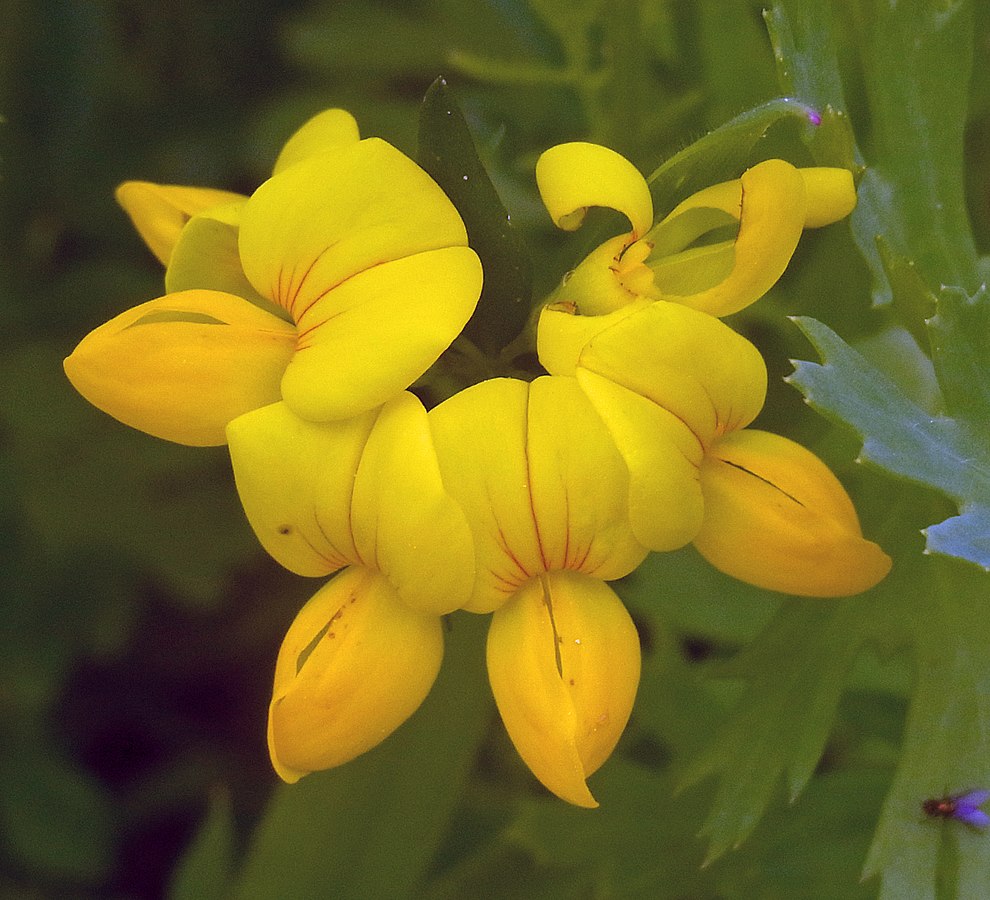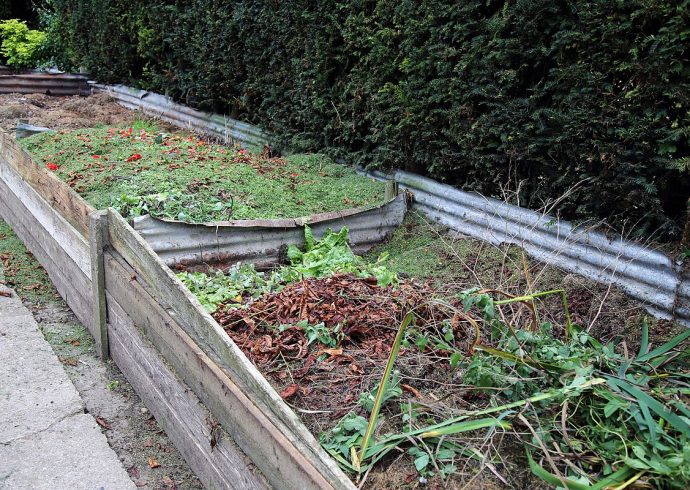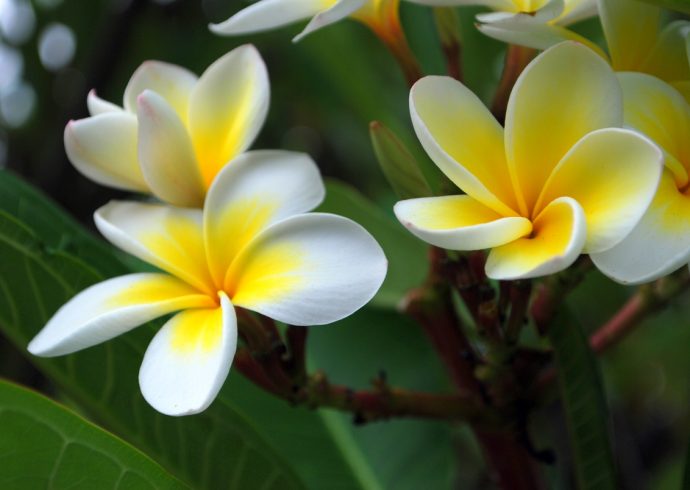
Planting a Perennial Wildflower Garden
Perennial wildflowers can enhance any untamed garden in a yard, and at the same time be low maintenance for the person growing flowers normally seen in meadows and forests. Depending on where you live, wildflowers can be grown from seed or seedlings purchased at a nursery. For example, an untamed garden in the northeast United States might have purple coneflowers, daisies, black eyed Susans and columbines growing randomly in clusters on the ground. You can plant your wildflowers to appear as if they just grew there naturally without any pre-planning. Below is a list of some favorite perennial wildflowers:
Columbines. This is the state flower of Colorado but they can grow well in any part of the nation during the summer and fall months. They come in purple, purple-white, pink, pink-white, yellow, white. They grow an average of 18 to 20″ tall and they reseed themselves each year. Columbines belongs to the ranunculus family. These flowers are frequently bicolored. Each flower shape resembles a bonnet. Columbines like well drained soil and can tolerate partial shade. These flowers grow in the summer through the fall.
Black eyed Susans. These flowers do not require a lot of care. They likes full sun, and grow well in moderate soil. Black eyed Susans grow from 18″ to 25″ in height. These flowers have yellow petals with dark brown or black centers. Black eyed Susans belong to the aster family and grow during the summer and fall months.
Daisies. As with the black eyed Susans, daisies also belong to the aster family. These popular wildflowers have pretty white petals with yellow centers. They grow in moderate soil and like full sunlight. Daisies grow an average height of 18″ to 22″ tall. Daisies will last from the early summer through the fall.
Echinacea, or purple coneflower. These pretty wildflowers have orange-brown centers with daisy-like petals in the color purple. Purple coneflowers grow between 18″ to 25″ tall. This flower also belongs to the aster family and grows well in moderate soil. Echinacea blossoms during the summer and fall months.
Asters. These flowers are a vibrant blue-purple in color with yellow centers but there are other varieties of asters that come in other colors, such as the golden asters and Bigelow’s aster. They bloom late in the summer season. Asters grow from 18″ to 24″ inches tall. The flowers have many petals, that are oblong in shape, forming stars. They like the full sun and grow well in moderate soil.
Lupines. These flowers are a member of the pea family that bloom during the summer and grow from 2 to 3 feet high. In shape, the plants are spiked with the flowers forming round shapes and come in a wide range of colors. Lupines like full sun to partial shade. If you choose to plant lupines from seeds, soak the seeds in warm water the night before planting them to encourage germination.
Gayfeather. This is a spike-shaped flower that grows from 24″ to 48″ tall. Gayfeathers are purple or white in color, like full to partial sun, and prefers to grow in moist soil. Gayfeathers also tolerate humidity if you live in a climate that is prone to humidity during the summer and fall months, such as Connecticut. The flowers on this plant resemble fine bottle scrubbing brushes. This flower will also attract butterflies.
Blue flax. This common roadside flower belongs to the flax family and grows from18 to 30″ tall. Each flower has five petals of a beautiful blue color. This flower likes the full sun, and well drained soil. Blue flax can survive droughts but does not grow well in humid climates. This flower blooms during the spring and summer seasons.
Lance-leaved coreopsis. This flower grows 1 1/2′ to 3′ tall and has bright yellow flowers. This plant prefers soil that is sandy and dry. Lance-leaved coreopsis can survive droughts and prefers full to partial sun. This flower blooms during the summer months and will attract butterflies and birds.
Moss verbena. This variety of verbena grows to 1 foot tall, and has five-petaled blue flowers clumped together forming a ball. Moss verbena blooms in the early spring through the summer. This plant likes the full sun and well drained soil.
Wildflowers belonging to the aster family can be combined together along with the lance-leaved coreopsis to create a natural, wild growth look to them. As with any other garden, these can be planted in a designated boundary area with natural grass remaining beyond the boundary. Keep weeds under control as these can inhibit the growth of wildflowers. Compost can be added once a year to your wildflowers. Water the flowers once a week but do not over water those that thrive in dry conditions, such as the aster family flowers. The wildflowers listed above all make beautiful cut flowers for a vase. Best of all, these flowers, once planted, will come back year after year in your garden.
Image Credit: Lawn Weeds, CC BY 2.0, via Wikimedia Commons.


